Disclosure: This article contains affiliate links. We may earn a commission from purchases at no extra cost to you, which helps our travel content.
Manila's urban intensity can be overwhelming—the cacophony of jeepneys, the press of 13 million souls, the relentless humidity that clings like a second skin. As someone who's spent considerable time documenting textile traditions across the Philippines, I've learned that the true magic of this archipelago nation lies in how quickly one can transition from concrete jungle to coastal paradise. Having escaped the capital countless times between research expeditions, I've compiled my favorite beach getaways that require minimal planning and maximum reward. These eight coastal havens offer not just respite from Manila's frenetic energy but windows into local lifeways where traditional fishing communities and modern tourism create fascinating cultural intersections. Whether you're seeking romantic seclusion or culturally immersive experiences, these accessible shores reveal why Filipinos proudly claim their country as the beach destination of Southeast Asia.
Batangas: The Weekend Warrior's Paradise
Batangas Province has long been Manila's default beach escape, and with good reason. The accessibility (just 2-3 hours south depending on traffic) combined with a coastline punctuated by coves and peninsulas creates a playground of possibilities. My research into fishing net techniques first brought me here five years ago, but I've returned countless times since.
Anilao stands as the crown jewel for underwater enthusiasts—its coral gardens host some of the most biodiverse marine ecosystems in the Coral Triangle. On my last visit, I joined a small group of locals for a dawn dive, floating weightlessly above technicolor reefs while spotted garden eels swayed like wheat in an underwater breeze. The area's status as a macro-photography haven is well-deserved; I captured stunning footage of nudibranch species found nowhere else on earth.
For those seeking more leisurely pursuits, Laiya Beach offers a gentle introduction to Batangas' coastal charm. Its white sand stretches for several kilometers, lined with resorts spanning from budget to luxurious. The shallow, protected waters make it ideal for couples looking to wade together or try paddleboarding for the first time. When packing for Batangas, I always bring my reef-safe sunscreen since protecting these fragile marine ecosystems should be a priority for every visitor.
Masasa Beach in Tingloy provides a more secluded alternative—accessible only by boat from Anilao, its crescent of volcanic sand backed by verdant hills feels worlds away from Manila's congestion. The local community runs simple homestays and seaside eateries serving the day's catch grilled to perfection with kalamansi and garlic.
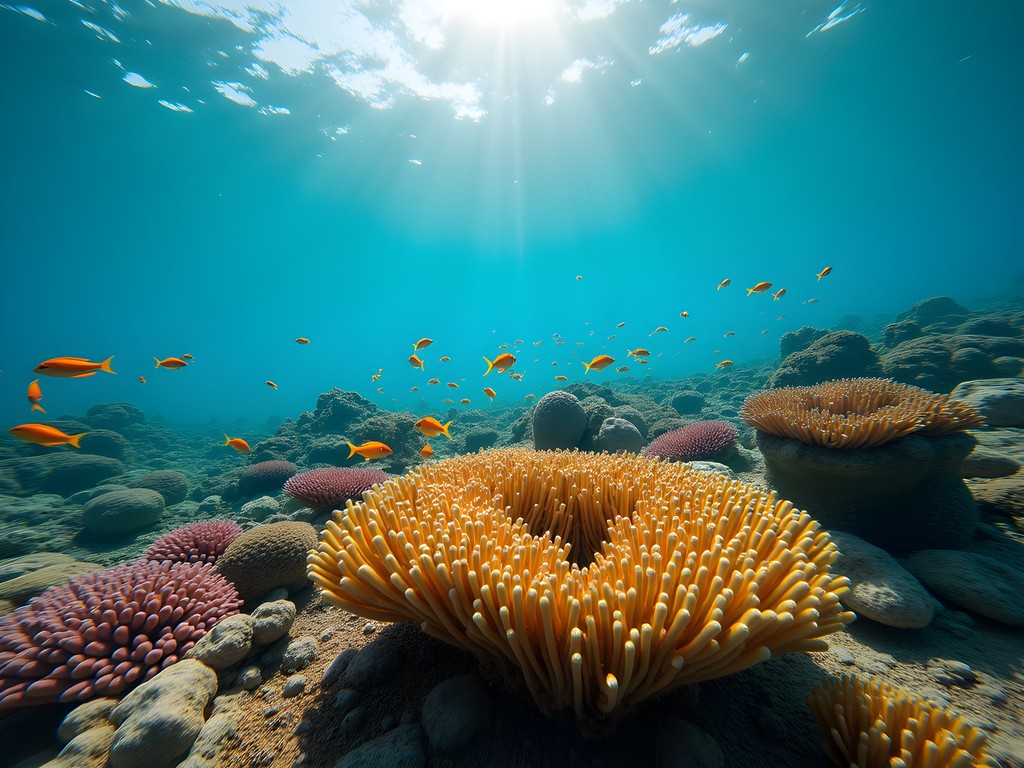
💡 Pro Tips
- Visit Anilao on weekdays to avoid the weekend diving crowds
- Book Laiya accommodations at least two weeks in advance during summer months
- Bring cash for Masasa Beach as there are no ATMs on Tingloy Island
Subic Bay: Where History Meets Shoreline
Just a 2.5-hour drive northwest of Manila lies Subic Bay, a fascinating coastal area where American military history intertwines with natural beauty. The former US Naval Base has transformed into a freeport zone with beaches that often get overlooked by international travelers—a oversight I'm almost reluctant to correct.
Dungaree Beach might lack the postcard perfection of other Filipino shores, but its historical significance compensates magnificently. Named after the work clothes worn by American sailors, this stretch of sand offers a unique opportunity to swim where battleships once anchored. During my research into how indigenous Aeta communities adapted their craft traditions after the base closure, I spent several evenings here watching the sunset paint the bay in gold and crimson hues.
For a more secluded experience, All Hands Beach provides pristine waters and a relaxed atmosphere. The coral restoration projects offshore make for excellent snorkeling—I've spotted juvenile batfish, clownfish, and even shy seahorses among the recovering reefs. The beach's well-maintained facilities and reasonable entrance fees (around 300 pesos per person) make it ideal for couples seeking comfort without extravagance.
Camayan Beach Resort offers the area's most refined coastal experience. While accommodation isn't budget-friendly, day-trippers can access the beach for a fee. What makes Camayan exceptional is its proximity to Ocean Adventure marine park—where conservation efforts for local marine species create ethical wildlife encounters. My waterproof dry bag proved invaluable here, keeping my field notes and recording equipment safe during impromptu swims and unexpected rain showers.
After beach activities, don't miss exploring the converted base facilities. The juxtaposition of military infrastructure reclaimed by tropical vegetation creates a hauntingly beautiful post-colonial landscape that speaks volumes about the Philippines' complex relationship with foreign powers.

💡 Pro Tips
- Visit on weekdays to enjoy beaches at 30-50% capacity compared to weekends
- Bring your own snorkeling gear to save on rental fees
- Stop at local seafood markets in Olongapo for fresh catches at half the restaurant prices
Zambales: Coves of Tranquility
Further up the west coast from Subic lies Zambales Province, where a series of coves punctuate the coastline like nature's perfect hideaways. My first visit coincided with research into how traditional fishing communities were adapting their net-weaving techniques to changing marine conditions—but I quickly found myself enchanted by the landscape itself.
Crystal Beach in San Narciso has become increasingly popular with Manila's surf crowd. The consistent waves provide an ideal learning environment for beginners, while more experienced surfers can find challenging breaks further out. During my last visit, I rented a beginner surfboard for just 500 pesos per hour, including basic instruction from local surfers whose families have fished these waters for generations. The cultural exchange that happens in these informal lessons often proves as valuable as the surfing skills acquired.
Magalawa Island offers a different experience altogether—a small inhabited island with powdery white sand and crystalline waters. The modest resorts here are run by fishing families, providing authentic home-cooked meals featuring the day's catch. I spent a memorable afternoon learning how a grandmother prepared her famous kinilaw (Filipino ceviche), marinating fresh fish in vinegar, calamansi juice, and local chilis while her grandchildren demonstrated traditional fish trap weaving techniques.
Perhaps Zambales' most Instagram-famous destination, Anawangin Cove represents nature's resilience. Following the Mount Pinatubo eruption in 1991, volcanic ash transformed this once-rocky shore into a gray-sand beach backed by an unexpected forest of agoho trees (local pine). Camping here offers couples a chance to disconnect completely—there's no electricity, no signal, and therefore no distractions from each other's company under a canopy of stars that seems close enough to touch.
During my overnight stay, I witnessed how the local Aeta guides incorporate traditional ecological knowledge into their tourism practices, pointing out medicinal plants and sustainable harvesting techniques that have sustained their communities for centuries before tourism arrived.

💡 Pro Tips
- Book Anawangin camping trips through local fishermen in Pundaquit for authentic experiences and better rates
- Pack insect repellent as sand flies can be prevalent at dawn and dusk
- Bring enough drinking water for Anawangin as there are no freshwater sources
Bataan: Historical Shores with Hidden Gems
Bataan Peninsula, just 2-3 hours west of Manila, offers a compelling blend of historical significance and underrated coastal beauty. While most visitors come for World War II historical sites, I discovered its beaches while documenting how traditional fishing communities maintain their cultural practices in the shadow of industrial development.
Morong Beach stretches along the peninsula's western coast, offering views of the South China Sea that feel expansive and liberating after Manila's confines. The beach itself varies from golden to volcanic gray sand, with sections remaining refreshingly undeveloped. During my fieldwork interviewing elders about changing fishing practices, I stayed at simple beachfront cottages where the lapping waves served as both alarm clock and lullaby.
Five Fingers in the municipality of Mariveles represents Bataan's most dramatic coastal formation—a series of coves resembling a hand reaching into the sea. Accessible primarily by boat, these secluded beaches offer couples the rare luxury of potential solitude. On my guided tour with local fishermen, we stopped at Natsu Beach, where I spent hours snorkeling above coral gardens while my guides prepared a lunch of freshly caught fish grilled over driftwood—a meal no Michelin restaurant could possibly improve upon.
For those seeking comfort alongside seclusion, La Jolla Luxury Beach Resort provides an upscale yet authentic experience. The resort employs local community members and showcases traditional Bataan cuisine alongside international offerings. Their sustainability initiatives include marine protected areas where traditional fishing practices are studied and preserved.
During longer stays, I rely on my portable hammock which packs down tiny but creates an instant beachfront lounging spot between palm trees. The gentle swaying motion while reading or napping has become my favorite form of tropical meditation.
What makes Bataan's beaches special is how they connect visitors to both natural beauty and profound history. Swimming in these waters, one can't help but reflect on the region's role during WWII—the same shorelines that now offer peaceful recreation once witnessed the Bataan Death March. This layering of leisure and remembrance creates a uniquely contemplative beach experience.
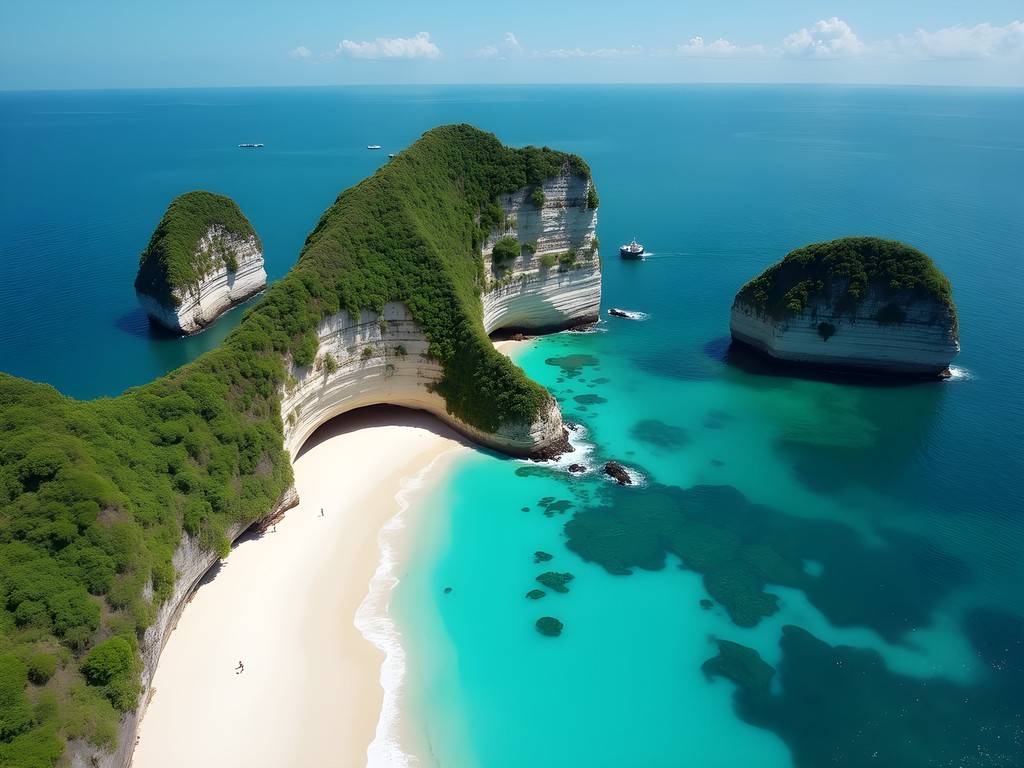
💡 Pro Tips
- Visit the Bataan Tourism Center first to get maps of lesser-known beach access points
- Hire local guides for Five Fingers tours rather than commercial operators to support fishing communities
- Bring binoculars for excellent birdwatching opportunities along mangrove areas
Cavite: Beaches with Urban Proximity
Cavite Province might not feature prominently in international beach guides, but for Manila residents seeking the quickest possible escape (just 1-1.5 hours south), its shores offer surprising respite. My introduction to the area came through documenting how coastal communities maintain traditional fishing practices despite proximity to industrial zones.
Puerto Azul in Ternate provides a surprisingly serene beach experience given its accessibility from Manila. The protected cove features calm waters ideal for floating lazily while contemplating the mountainous backdrop. During my visits interviewing elders about traditional boat-building techniques, I discovered that weekday mornings offer near-solitude—a precious commodity so close to the metropolis.
Katungkulan Beach (also called Boracay de Cavite) earned its nickname from white sand that rivals its more famous namesake. Located within the former military reservation now called Gregorio Lim Marine Base, access requires simple security clearance, which helpfully limits crowds. The extra step deters many casual beachgoers, rewarding those who make the effort with cleaner shores and clearer waters. My quick-dry beach towel has accompanied me on countless trips here—its sand-resistant fabric and rapid drying make it perfect for day trips when you don't want to carry damp items back to the city.
Pico de Loro Cove represents Cavite's most developed beach destination, with Pico Sands Hotel offering resort amenities within the private Hamilo Coast development. While access requires membership or guest arrangements, the environmental protections enforced here have preserved marine ecosystems that have disappeared elsewhere so close to Manila. During my research on sustainable tourism models, I was impressed by their sea turtle conservation program and mangrove reforestation efforts.
What makes Cavite's beaches particularly valuable is their accessibility for couples with limited time. Even with just half a day free, you can escape Manila's concrete embrace for a few restorative hours of sun and sea—a mental health strategy I've employed countless times when urban fieldwork becomes overwhelming.
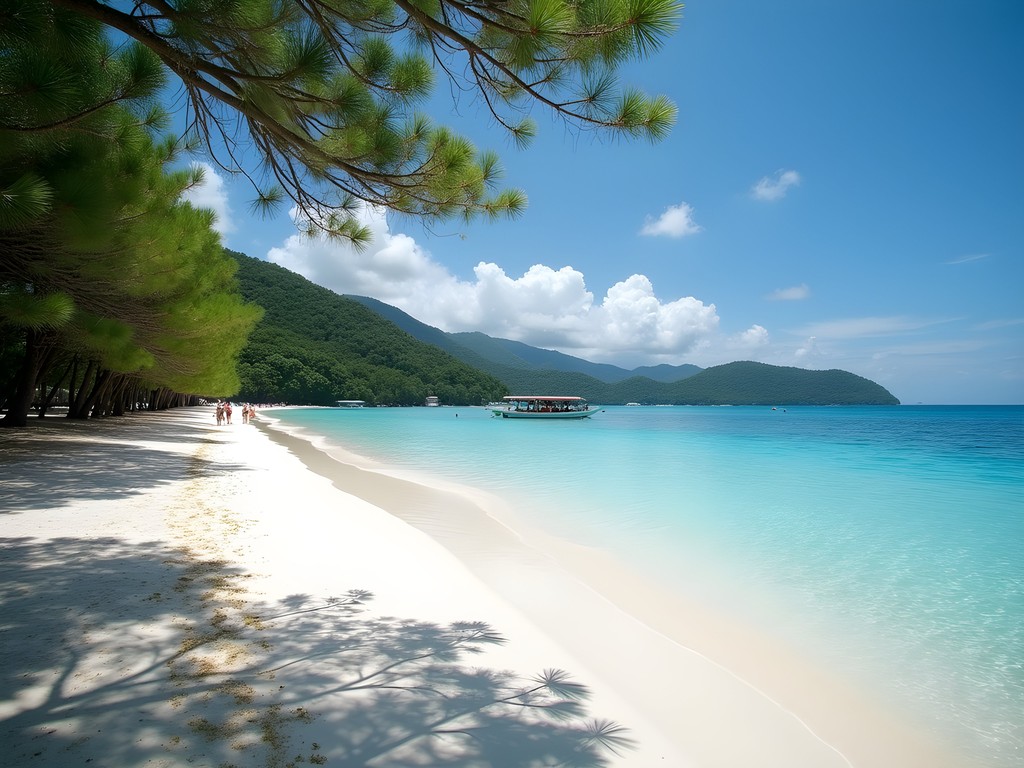
💡 Pro Tips
- Visit Katungkulan Beach on weekdays to avoid both crowds and potential entry restrictions
- Bring your own food and drinks to Puerto Azul as options are limited
- For Pico de Loro access, check online for day pass promotions or connect with members willing to sponsor guests
Quezon Province: Cultural Coasts Beyond the Crowds
Stretching southeast of Manila, Quezon Province offers coastal experiences that balance accessibility (2.5-3 hours away) with authentic cultural immersion. My anthropological research into changing fishing traditions first brought me here, but the region's combination of beautiful beaches and living heritage keeps drawing me back.
Real (pronounced reh-AL) hosts a series of beaches where tourism development remains refreshingly restrained. Tignoan Beach exemplifies this balance—its golden sand meets bathwater-warm shallows perfect for wading. What distinguishes this area is the continued presence of traditional fishing practices; visit at dawn to watch fishermen return with their catch in wooden outriggers that follow designs unchanged for generations.
During my fieldwork documenting net-weaving techniques, I stayed with a family whose matriarch showed me how they process lambanog (coconut wine) using methods passed through generations. This intersection of coastal livelihoods—fishing and coconut cultivation—creates a distinct cultural landscape that visitors can still experience authentically.
Borawan Island in Padre Burgos gained fame for shores that combine Boracay's white sand with Palawan's dramatic karst formations (hence the portmanteau name). While accessible as a day trip, staying overnight in basic accommodations allows visitors to connect with the small community that maintains the island. I spent a fascinating evening learning traditional fish preservation techniques that allow local catches to be transported to markets without refrigeration—ingenious knowledge developed over centuries.
Cagbalete Island deserves special mention for its extraordinary tidal phenomenon. At low tide, the sea retreats nearly a kilometer, revealing vast sandbars that create natural pools and temporary islands—a landscape photographer's dream. The waterproof phone case I carry has protected my smartphone through countless tidal explorations here, allowing me to document these ephemeral landscapes without worry.
What makes Quezon's beaches special is how they remain working landscapes rather than purely tourist spaces. Fishermen mend nets as visitors swim, coconut harvesters work in groves behind beaches, and traditional food preparation happens in open-air kitchens. This integration of livelihoods and leisure creates opportunities for cultural exchange that manufactured resort experiences simply cannot replicate.
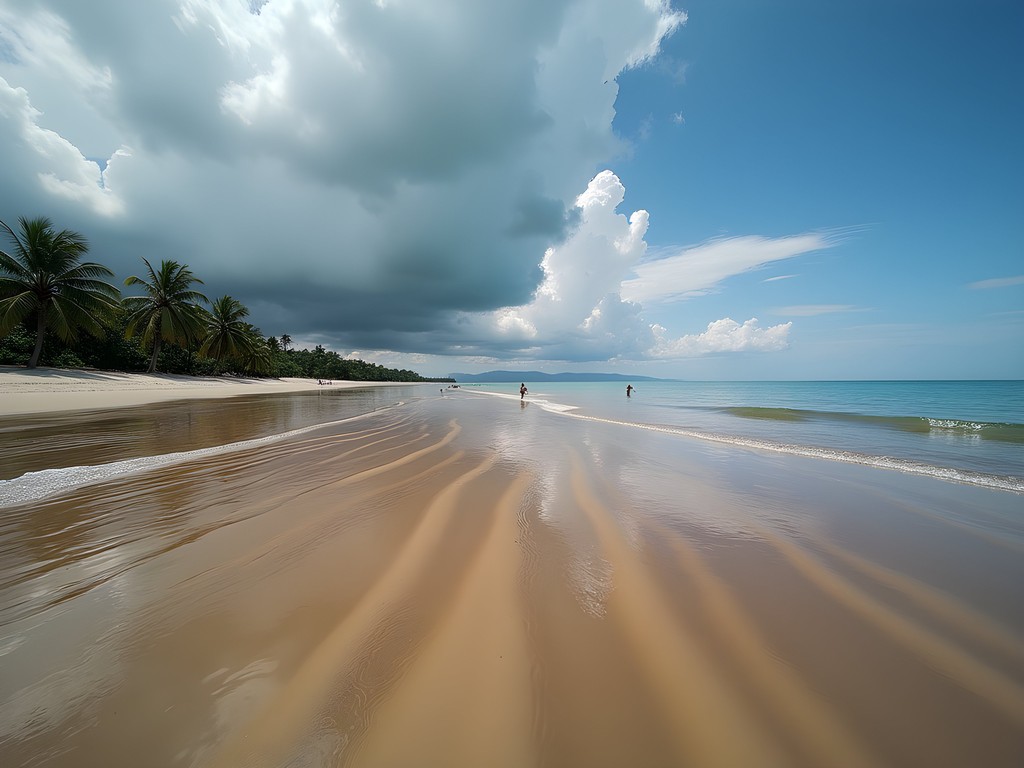
💡 Pro Tips
- Check tide tables before visiting Cagbalete to experience the dramatic low tide sandbars
- Learn basic Tagalog phrases as English is less commonly spoken in rural Quezon
- Respect fishing activities by giving space to boats and net operations
Bulacan: The Overlooked Northern Shore
Just 1-2 hours north of Manila, Bulacan Province rarely features in beach conversations—which makes its coastal areas perfect for those seeking experiences untouched by mass tourism. My research into changing estuarine ecosystems first brought me here, revealing beaches where local life continues largely unaltered by outside influence.
Obando's coastline might lack the dramatic beauty of other destinations, but its cultural significance compensates magnificently. Time your visit for the famous Obando Fertility Dance Festival (May 17-19), when the shoreline becomes a stage for traditional dances that blend Catholic and pre-colonial elements. During my documentation of this festival, I witnessed couples participating in rituals that have continued unbroken for centuries—dancing at the meeting point of land and sea to petition Santa Clara for children.
The beaches near the town of Hagonoy offer a window into traditional salt-making practices that are rapidly disappearing across Southeast Asia. The expanses of shallow evaporation pools create otherworldly landscapes that shift with the light throughout the day. During my fieldwork with salt-making families, I learned how closely their techniques are tied to understanding coastal weather patterns—traditional knowledge systems that climate change now threatens.
For those seeking more conventional beach experiences, Baliwag Beach in Paombong offers simple pleasures without pretension. The gray sand may not dazzle like white-sand destinations, but the authentic seafood served in bamboo and nipa hut eateries compensates abundantly. My research assistant introduced me to binunlaw na hipon—freshly caught shrimp cooked tableside in coconut vinegar with chilies—a dish I've craved regularly since.
What makes Bulacan's coastal areas special is their complete lack of pretense. These are working landscapes where fishing, salt-making, and aquaculture continue as they have for generations. Visitors willing to embrace this authenticity discover cultural experiences impossible to find in more developed beach destinations. My travel journal contains some of my most valued field notes from these shores—observations of ecological knowledge and cultural practices that may not survive another generation as coastal industries change.
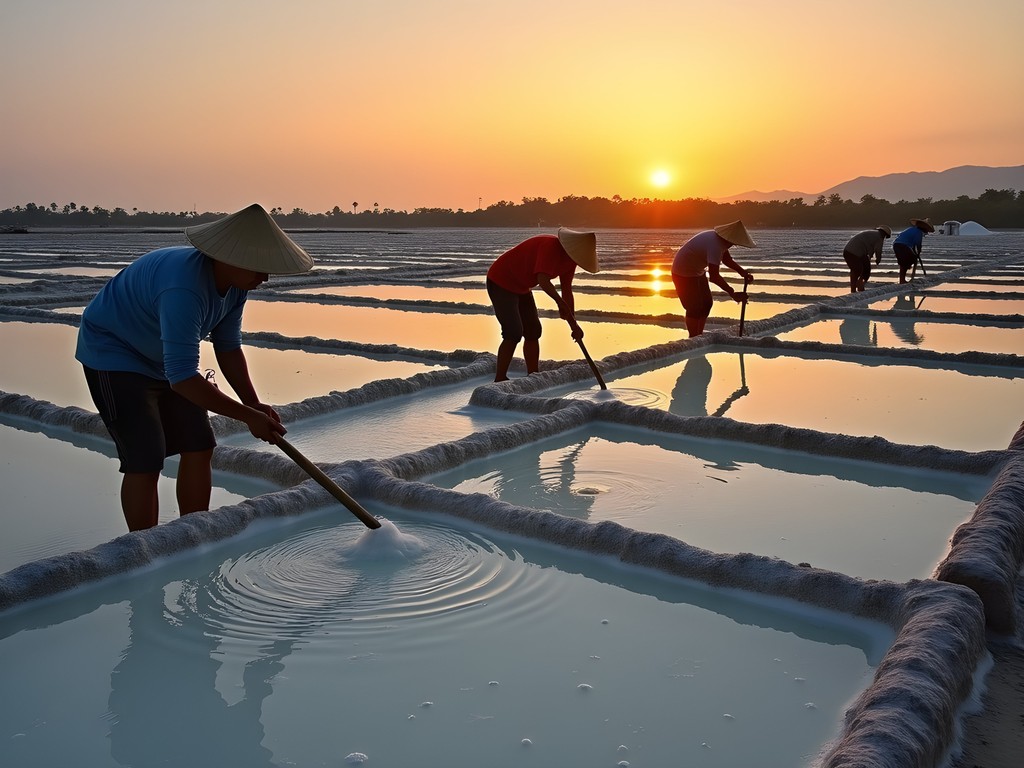
💡 Pro Tips
- Visit salt farms early morning or late afternoon when the light creates the most dramatic landscapes
- Bring mosquito repellent as mangrove areas can harbor significant insect populations
- Ask permission before photographing people working in traditional industries
Practical Planning: Making the Most of Manila Beach Escapes
Having navigated countless weekend escapes from Manila over the years, I've developed systems that maximize enjoyment while minimizing common frustrations. Here's my practical framework for planning your own coastal adventures:
Timing Is Everything: Manila traffic can transform a theoretically short journey into a half-day ordeal. Depart the city before 6am on weekends to avoid the exodus of other beach-seekers. For return journeys, either come back late Sunday night (after 8pm) or take Monday off to return during quieter hours. During summer months (March-May), beaches within 3 hours of Manila become significantly more crowded, making weekday visits infinitely more pleasant if your schedule allows.
Transportation Strategies: While having your own vehicle offers maximum flexibility, Manila's traffic and unfamiliar parking situations can create unnecessary stress. I've found that combining ride-sharing services (Grab) to bus terminals, then taking air-conditioned buses to coastal provinces often proves more relaxing. For island destinations, connect with boat operators directly via Facebook groups rather than through agencies—you'll save significantly while supporting local maritime workers directly.
Accommodation Approaches: During my research expeditions, I've discovered that many of the most authentic coastal experiences come through homestay arrangements rather than formal hotels. Facebook community groups for specific beach areas often list local families offering basic but clean accommodations at a fraction of resort prices. These arrangements typically include home-cooked meals featuring the day's catch and invaluable local knowledge about tides, swimming conditions, and hidden spots.
Packing Principles: Manila's beach escapes require strategic minimalism. Beyond swimwear and sun protection, I never travel without my dry bag backpack which protects camera equipment and field notes during unexpected downpours or boat transfers. A simple first aid kit containing rehydration salts, anti-diarrheal medication, and antiseptic proves invaluable for remote beaches with limited medical facilities. Finally, carrying a reusable water bottle with built-in filter addresses both environmental concerns and practical hydration needs in areas where bottled water availability varies.
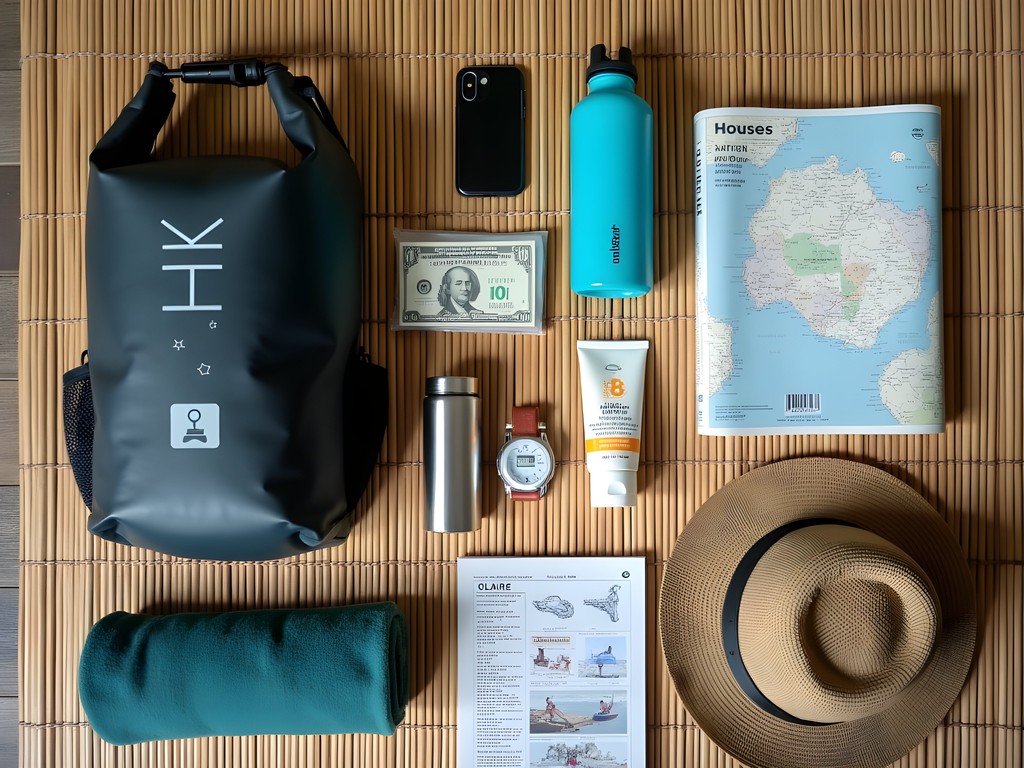
💡 Pro Tips
- Join Facebook groups for specific beach destinations to connect directly with local accommodation providers and boat operators
- Download offline maps before departing Manila as cellular service can be unreliable in coastal areas
- Carry small denominations of cash as ATMs are limited and credit cards often not accepted at smaller establishments
Final Thoughts
Manila's proximity to such diverse coastal experiences represents one of the Philippines' most underappreciated treasures. Within just a few hours' journey, couples can find themselves transported from urban intensity to shores where time seems to expand and contract according to different rhythms—the pulse of waves, the cycles of fishing boats, the dance of light across tidal pools. What I've come to value most about these accessible escapes isn't just their natural beauty but how they reveal the living cultural heritage of Filipino coastal communities.
As you plan your own beach adventures from Manila, I encourage you to approach these destinations not just as places to relax but as cultural landscapes where traditional knowledge and practices continue to evolve. The most meaningful experiences often come through conversations with elders who remember when fishing, not tourism, was the only economy, or by learning traditional food preparation methods that transform simple local ingredients into extraordinary meals.
The beaches near Manila offer more than just temporary escape—they provide windows into Filipino cultural resilience and adaptation. In witnessing this living heritage alongside your partner, you may find connections deeper than those forged through typical tourist experiences.
✨ Key Takeaways
- The best beach experiences near Manila combine natural beauty with cultural immersion opportunities
- Traveling during weekdays dramatically improves experiences at popular destinations
- Supporting local communities through homestays and direct bookings creates more authentic connections
- Each coastal area offers distinct cultural traditions worth exploring beyond the shoreline
📋 Practical Information
Best Time to Visit
November-February (dry season with cooler temperatures) or weekdays during March-May
Budget Estimate
₱2,000-5,000 per person for a weekend including transportation, accommodation, and meals
Recommended Duration
1-2 days per destination, with overnight stays preferable for more distant beaches
Difficulty Level
Easy To Moderate, Depending On Specific Destination


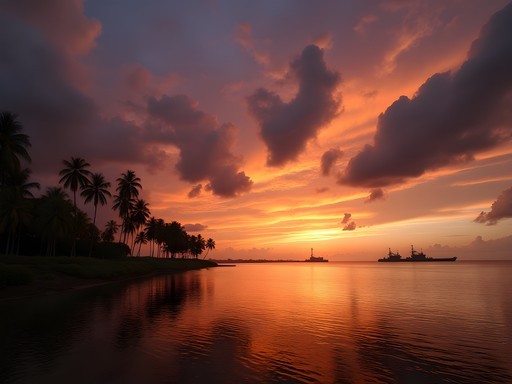
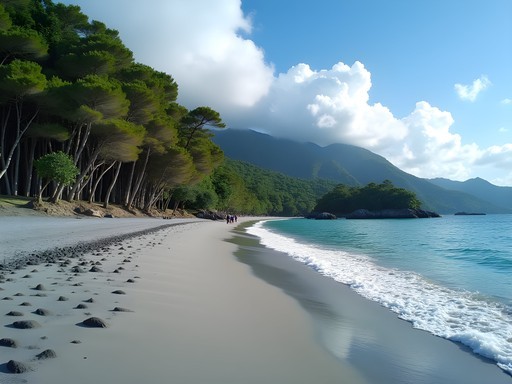
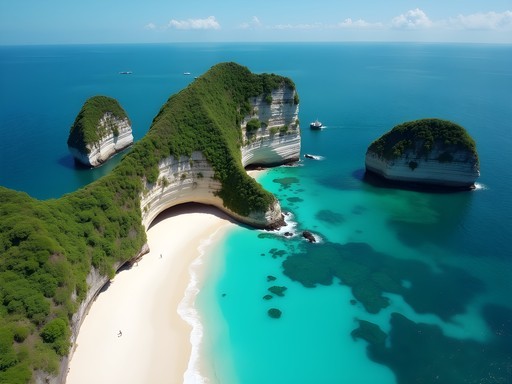
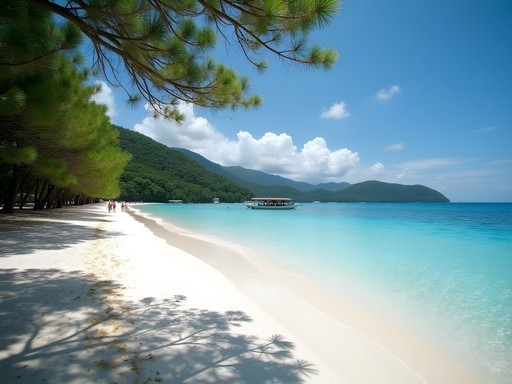
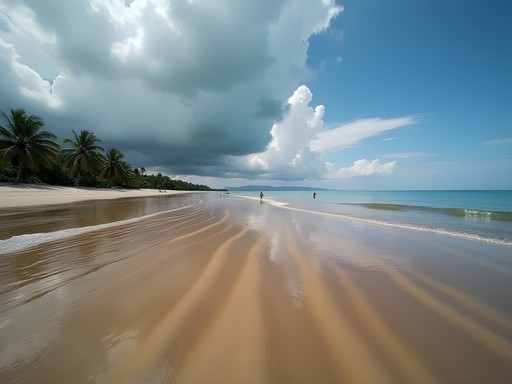


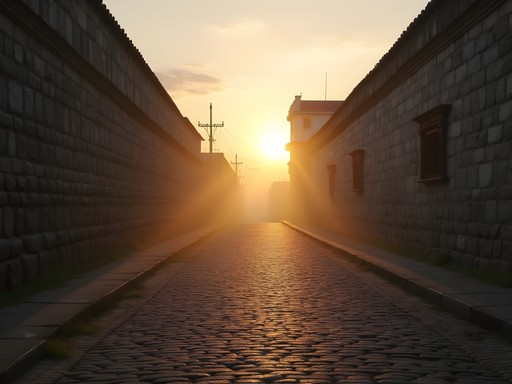
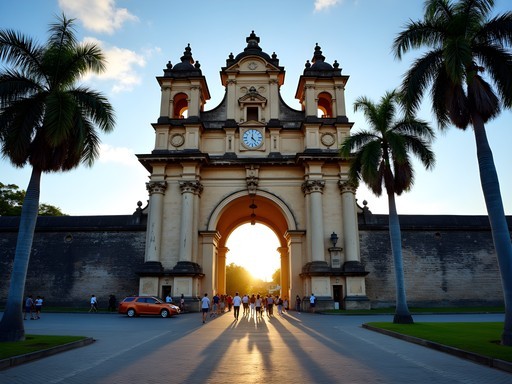




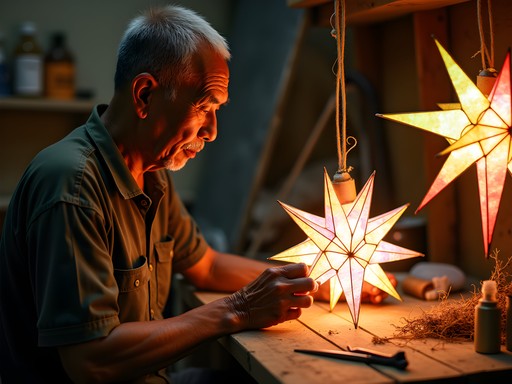
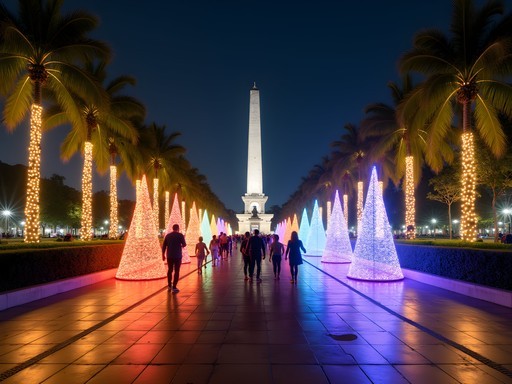
Comments
Frank Garcia
Solid roundup, Claire. Having spent 3 months hopping around the Philippines last year, I'd add that transportation timing varies wildly depending on day of week. Friday escapes from Manila can add 1-2 hours to these estimates due to exodus traffic. Also worth noting the price differences - Batangas beaches have become significantly more commercialized (and expensive) compared to Zambales. For budget travelers, the northern routes offer better value and fewer crowds. My data shows average daily expenses in Zambales were about 40% lower than popular Batangas spots, with comparable beach quality. The trade-off is slightly longer travel time but worth it for extended stays.
islandqueen
This is super helpful! Would you recommend renting a scooter once you get to Zambales or is everything walkable?
Frank Garcia
Definitely rent a scooter (about 500 pesos/day). The best coves are spread out along the coast and public transport between them is limited. Plus exploring the mountain roads inland is an adventure itself!
backpackking
Thanks for this list! Saved for my trip next month.
nomadguide
Just got back from trying Claire's recommendation of Subic Bay and it was perfect for a quick escape! The beach wasn't as pristine as some Thai beaches I've been to, but the water was clean and the whole vibe was super chill. We stayed overnight at a small resort (probably should have just done a day trip like the article suggests) because the drive back looked intimidating. Traffic getting out of Manila on Friday was brutal though - definitely follow roamninja's advice about leaving early!
LocalFilipino
If you're heading to Bataan, try to go on weekdays. The historical sites get packed on weekends with local tourists. Las Casas Filipinas de Acuzar is worth the extra time if you're into history!
ManilaMom
Any of these good for kids? Looking for somewhere with calm water for my 5yo.
Hunter Thompson
Definitely check out Laiya in Batangas! The beaches there have gentle slopes and protected areas perfect for little ones. Lots of families there too. Avoid Zambales for kids that age - the waves can get rough and facilities are more basic.
skychamp
Just got back from Batangas yesterday! Protip: if you're doing public transport, the JAM Liner buses from Buendia are way more comfy than the jeepneys. Worth the extra pesos. We stayed at Laiya and the beach was clean with decent food options. Bit crowded on Saturday but Sunday morning was perfect. Brought my dry bag which saved my phone during an unexpected downpour - October weather is still unpredictable! Anyone know which of these beaches is best in December? Planning another escape from Manila's chaos during Christmas season.
PhilippineExplorer
December is great for Batangas - less rain than now. Subic Bay tends to be less crowded during holidays since everyone heads south. The water's cooler but still swimmable!
BeachHunter88
Those Batangas beaches look amazing! Adding to my list!
ManilaNewbie
Going to Manila next week for work. Is it safe to do these trips solo? Especially for a woman?
skychamp
Did Batangas solo last year (32F) and felt pretty safe. Stick to the popular beaches like Laiya if you're on your own. Lots of families around. The bus routes are straightforward. Just keep your valuables close in transit like anywhere. Enjoy!
ManilaNewbie
Thanks so much! Laiya sounds perfect then.
Hunter Thompson
Brilliant write-up, Claire! I did the Zambales trip last year and those coves are absolutely magical. The tricycle ride from San Antonio was a bit wild but totally worth it for Crystal Beach. Anyone heading there should definitely pack light - those boats to the more remote coves aren't exactly luxury cruisers! I'd add that Nagsasa Cove is less crowded than Anawangin if you're after more tranquility. Spent two nights camping there and it was pure bliss. Has anyone tried the Bataan spots? Considering heading there next month.
skychamp
Zambales was epic! We did Anawangin last December and yeah, it gets packed on weekends. Nagsasa is deffo the move for peace and quiet. The boat ride's a bit longer but so worth it. Bring your own water tho, options are limited once you're there.
Hunter Thompson
Good shout on bringing water to Nagsasa! I went through my supply faster than expected with the heat. Did you camp or do a day trip?
skychamp
Camped one night. Rented a tent from the boat guys. Basic but did the job! The stars were insane.
waveseeker
Claire, any recommendations for Subic Bay if I'm traveling with a 5-year-old? Is it kid-friendly? We're planning a day trip next month but concerned about facilities and safety for little ones.
sunnyqueen3325
Not Claire but we took our kids to Camayan Beach Resort in Subic and they loved it! Clean beaches, bathroom facilities, and they even have a little playground. The water is calm too - perfect for little swimmers!
waveseeker
That sounds perfect! Thanks so much for the recommendation!
Venture X
Premium card with 2X miles, $300 travel credit, Priority Pass